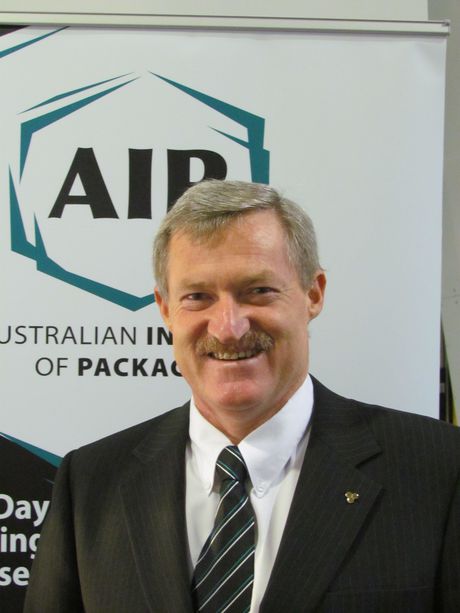Design with the end in mind

Creating an effective package design is one of the simplest and most cost-effective ways to grab attention but this requires originality, creativity and the ability to connect with consumers.
Originality
Most consumers are not readily open to changing their purchasing habits or experimenting with new products. When introducing your product you need to ensure that packaging is visually pleasing and representative of the actual product. The package should uniquely display the product through colour, size and/or logos.
Point of difference
Packages that are different tend to stand out. Using unusual colours, containers and catchy phrases are all effective ways to attract consumers’ attention. You can reap substantial rewards by using packaging design to market the same product to multiple target groups. Product packaging can give new meaning to the same product for different consumers. It is important to note, however, that creative packaging is no substitute for a great product.
Connecting with consumers
Your package design must demonstrate a fulfilment of a need of some sort, as well as the benefits of choosing your particular product. Your package should elicit emotion from your consumer, whether it is happiness, serenity or even hunger. If there isn’t a feeling of excitement or necessity, the product will not sell. Consumers like to feel that a company is in touch with their specific needs and offers them something special. You must connect with your target audience.
Effective package design keeps the consumer’s needs at the forefront while still remaining effective in demonstrating the product and its benefits. For better or for worse, your packaging design will be a significant deciding factor in whether or not your product is purchased.
Cost-effective packaging
There is probably no other area of packaging that has been less understood than cost. Although many organisations calculate the cost of the package material itself as the total cost, the true cost is, in reality, the total cost of the entire packaging system involved. A simple replacement of one component of a packaging material for a less expensive one may not be a true reduction and vice versa. The question to be asked is, “How will the change affect the entire packaging system, and ultimately increase (or decrease) sales and/or profits?”
Standardise whenever possible
All incoming packaging materials and outgoing finished packages should, where possible, be standardised. If a multiplant operation is involved, standards are an absolute necessity. If standards are changed, then clearance should come through a central authority.
Now, more than ever before, packaging technologists must design with the end in mind, how it must function, who is to use it and the easiest and most suitable format for re-use, recycle or refill.
Career upskilling: from food to product development chef
Former chef Zach Baudinet decided to take his years of food experience to the next level through...
A taste of flavours on trend in 2024
Understanding the flavours, ingredients and trends that will shape what we consume is essential...
What's new on the shelf this Easter?
Paper artwork-inspired chocolate eggs, sweet chilli products on show and bite-sized Polly Waffles...












